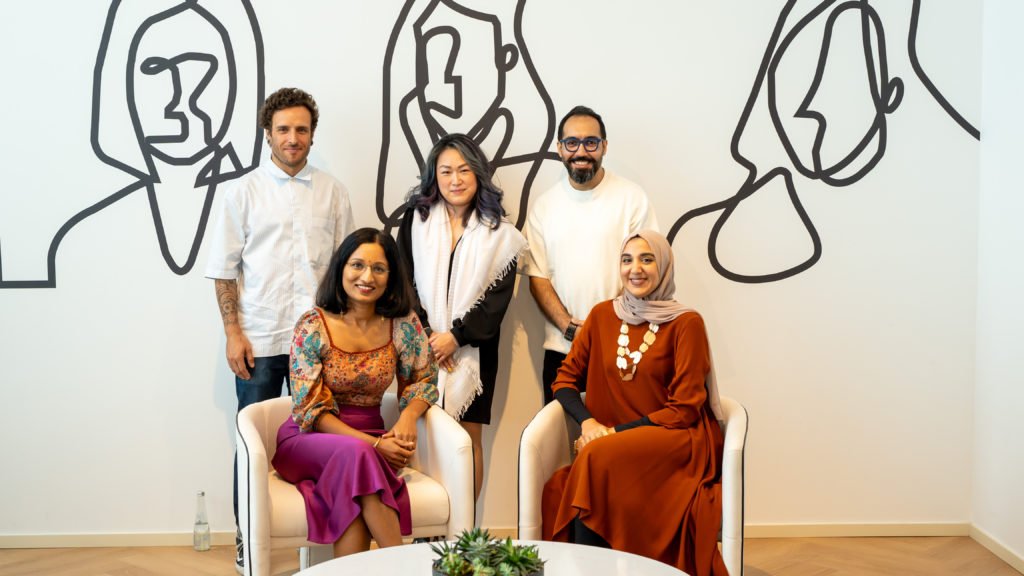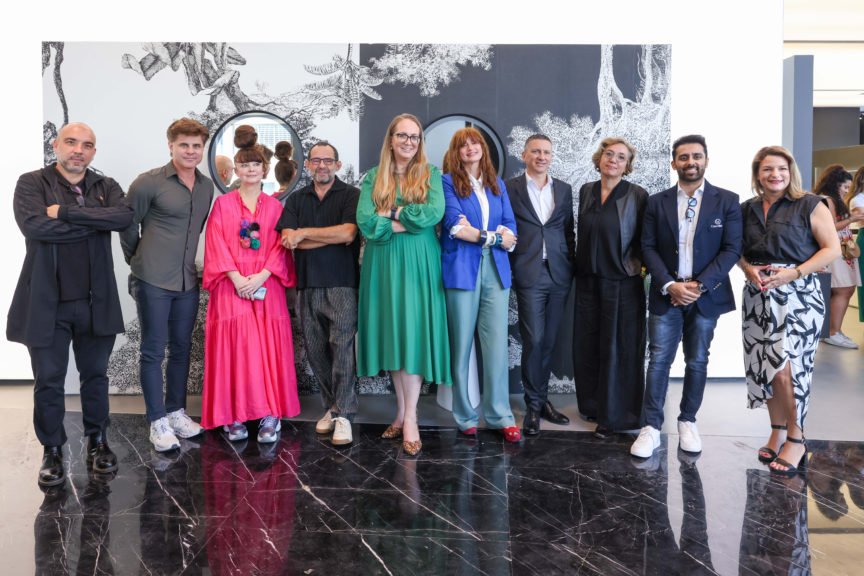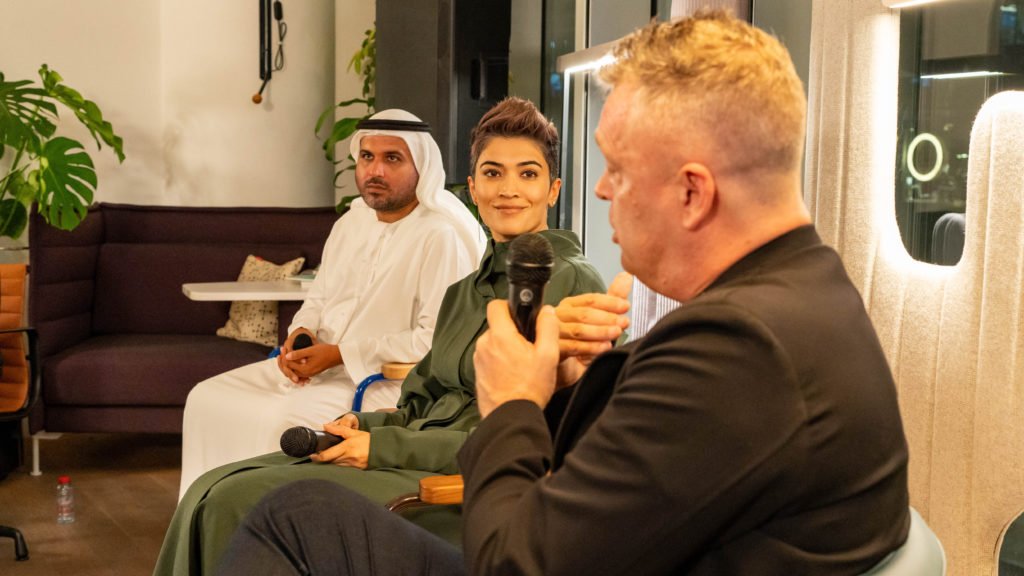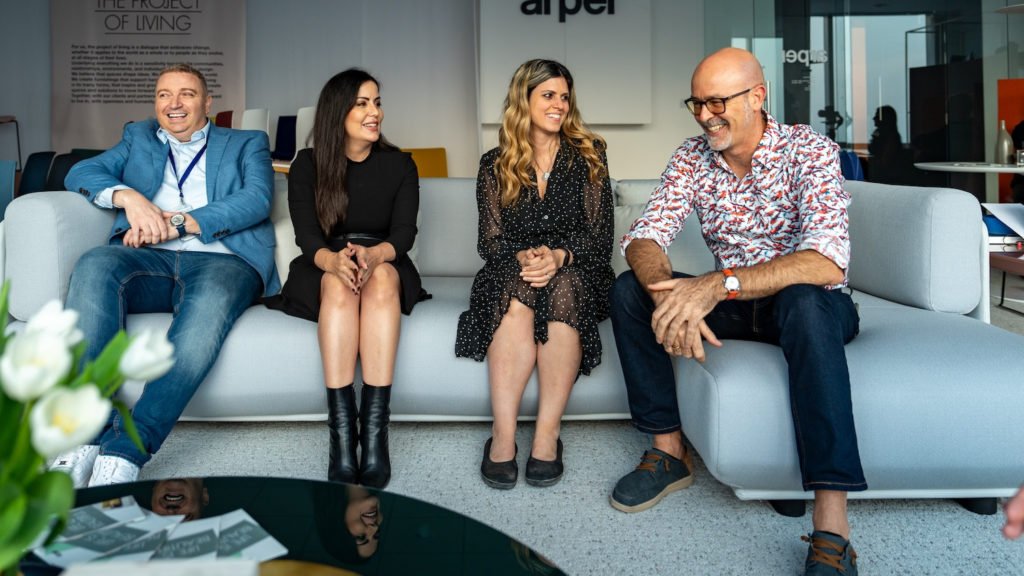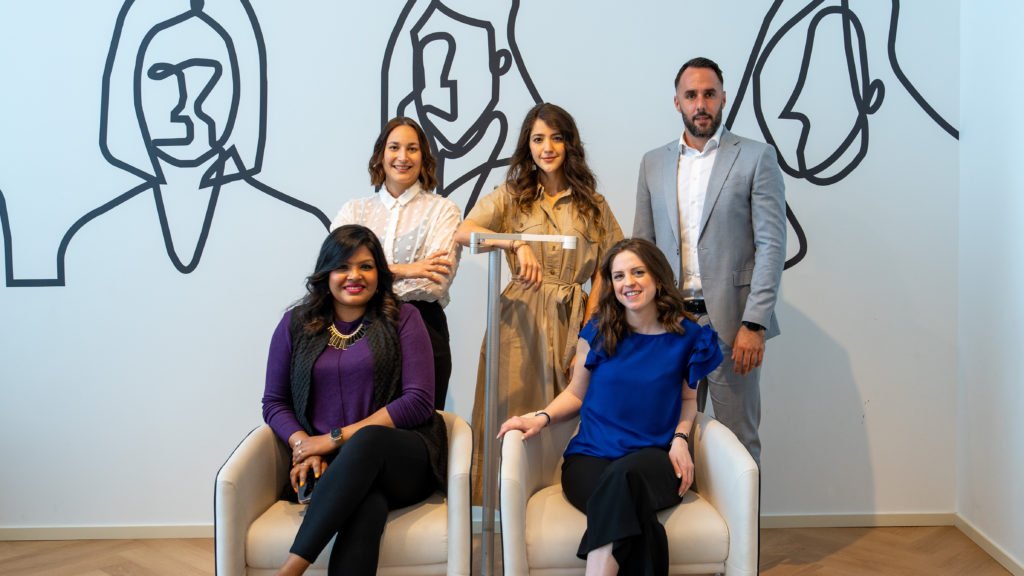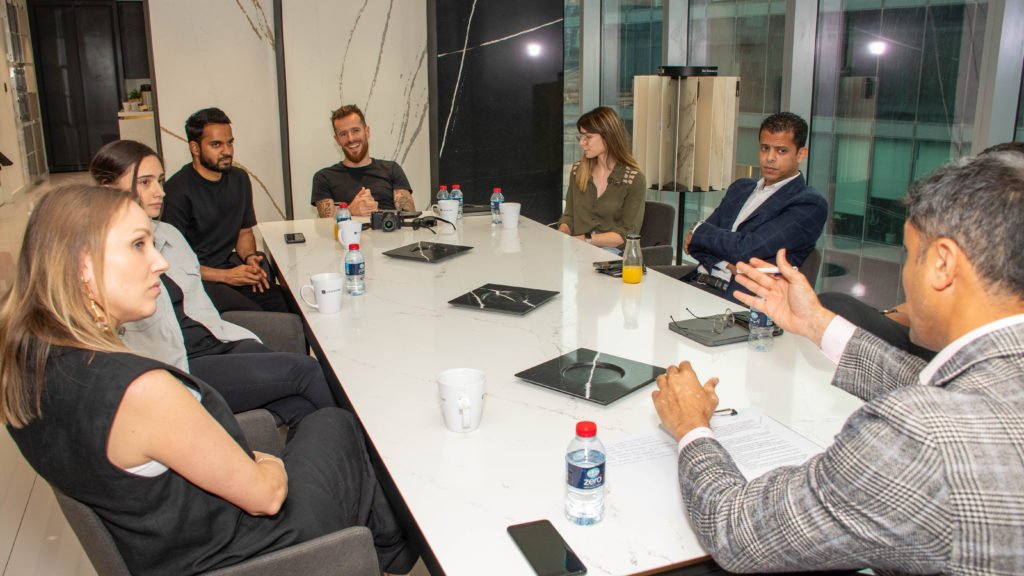Modern manufacturing and sustainability go hand in hand. It’s hard to find a global manufacturer who doesn’t have at least some part of their manufacturing process adopting a sustainable approach. As an industry, architecture, design, and manufacturing is infinitely better than it was decades ago. However, experts are convinced that so much more can be done. As a society, the end goal here is simple – we’re striving towards a world that is equal, sustainable, and thrives on values of diversity, equity, and inclusion. There are many among us who are in a position to help shape this new world that we dream of, and to do this, we need innovative concepts and forward thinking solutions.
To that extent, the latest round table, hosted and sponsored by Bene at the Austria pavilion at EXPO 2020, brought together experts from the fields of design, architecture, and entrepreneurship, who shed light on the various approaches towards sustainable manufacturing and a greener future.
THE EXPERTS
From left to right: — Luke Pearson, Co-Founder and Director, Pearson Lloyd; Clemens Russ, Architect, querkraft architects; Milo Mcloughlin-Greening, Partner, Batch.Works
Changing the Culture Around Manufacturing and Consumption
The event began with each panelist offering a glimpse of their professional journey and efforts towards sustainable design. Co-Founder and Director of Pearson Lloyd, a product, furniture and innovation design studio that is at par with the best of the best in the product design world, Luke Pearson spoke of their partnerships, products, and what they’ve learned along the way. What stood out was Luke’s comment on their approach to design, specifically with Bene. “We have been working with Bene for 15 years now, and we very much see our collaborations as partnerships where we can generate a sense of honesty and transparency, because then we can tackle really complex issues. I think, as we approach the pinnacle of this problem, we’ve realised that the world is finite, and that honesty becomes more and more important.”
This is a core aspect to sustainable manufacturing – the realisation that everything is finite and, as flexible people, we have to learn to build and work in this finite world. Starting with their first cradle-to-cradle product and moving on to exploring new business models, such as 3D printing, design has come a long way.
“Design Principles are sometimes not about innovation, they’re just about old ideas reinterpreted,”
— Luke Pearson, Co-Founder and Director, Pearson Lloyd
“We all know that making things really well is a great idea, but so is making things that are repairable.”
The building industry contributes to 40 percent of global carbon emissions. That itself should be enough to convince the A&D and manufacturing sector to think carefully about every decision they make when it comes to design and manufacturing. Architect Clemens Russ from the innovative firm querkraft architects was also the Project Lead of the stunning Austria Pavilion. He spoke about his process and the challenges faced during the completion of the project.
“What you see here is part of two thirds of global carbon emissions,” says Clemens. “This includes the operative aspects, like HVA, cooling and light, which amounts to two thirds of that 40 percent. With this pavilion, we thought global but acted local.”
Clemens and his team took inspiration from local building traditions and implemented aspects of it into the Austrian pavilion. “We used the natural ventilation and cooling ideas and incorporated it in this pavilion. On top of that, we tried to make a modern interpretation through Austrian building engineering.” With this method, they were able to reduce energy consumption by a whopping 70 percent! In addition, components of the pavilion can be disassembled in a modular manner, allowing them to be reassembled to create a whole new pavilion with a different design. “We call it emotional sustainability, and believe that products and spaces that are designed well and with an emotional aspect to it will last longer than anything else,” he adds.
Perhaps the best example of a changing approach to manufacturing and design is the work the approach adopted by Batch.Works, revolutionary 3D printing and manufacturing studio based out of the UK. As an industry 4.0 manufacturing company, Batch.Works is focused on using new digital manufacturing processes to build in a forward thinking and sustainable manner. As Milo Mcloughlin-Greening, partner at Batch.Works explains, the company’s ethos is to divert material away from landfill and into meaningful products.
“We primarily use 3D printing as our manufacturing method. It’s a digital manufacturing process that is far more efficient and far more flexible than the traditional ways. It’s an additive manufacturing method, which means that there’s no waste in the production process. It avoids the need for that initial mold which is a huge initial material investment, and you avoid getting stuck if your design is wrong. This also means that if you spend 50,000 pounds on a steel tool for injection molding, and your design doesn’t sell, you still have to make 100,000 units, which are then useless and end up on a shelf.”
Batch.Works is 100 percent focused on using recycled materials, and they currently make all of their products from PLA (a biomaterial) or materials that are in their second cycle. “As a business we’re extremely forward thinking,” says Milo. “So we’re really looking at how we can formulate a new way to manufacture things away from this traditional idea that everything needs to be made in a single location using a really clunky, old fashioned manufacturing processes, like injection molding. Using digital technology, we’re able to create small micro factories across multiple locations that enable localised circular systems.”
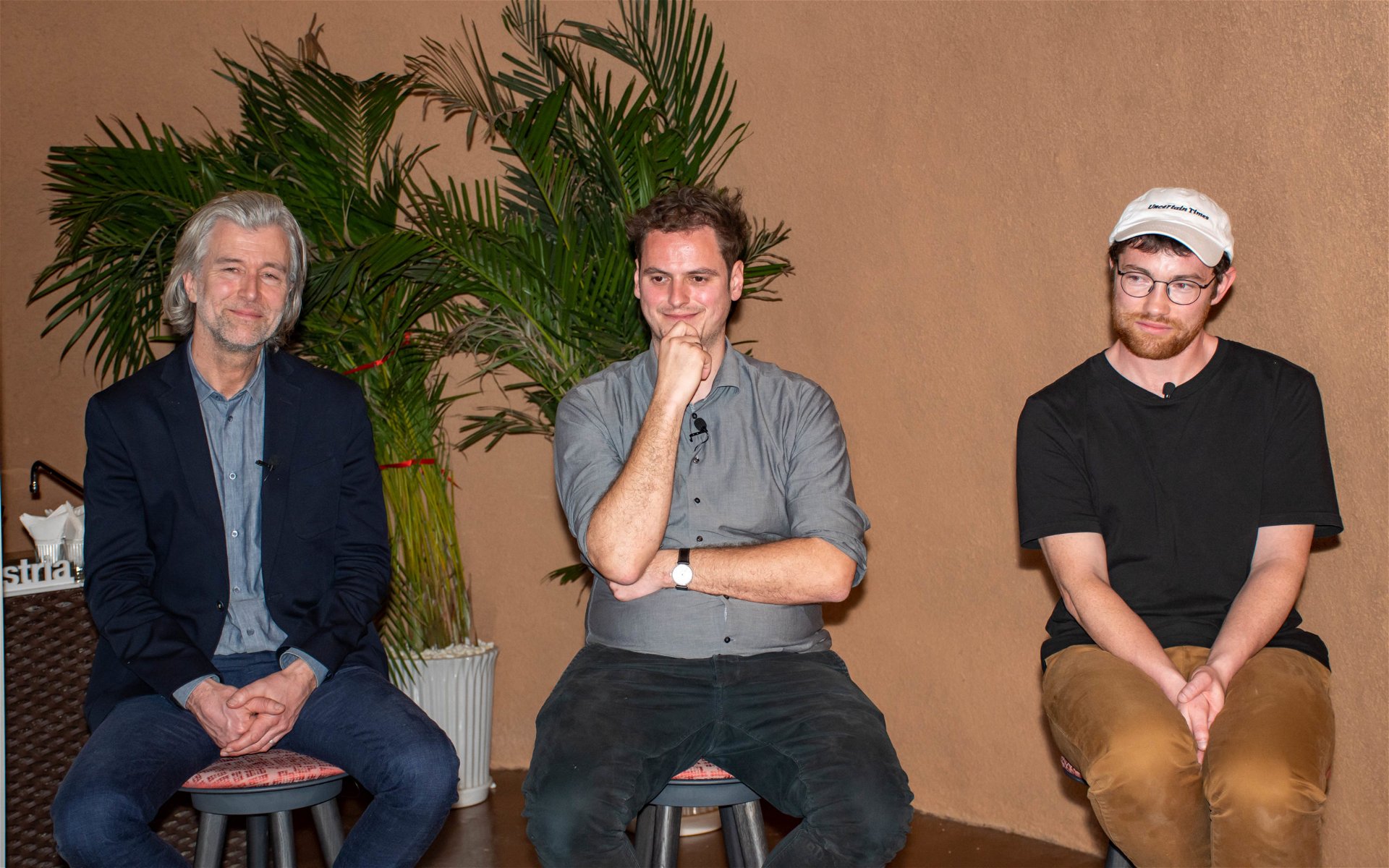
The Attitude Towards Sustainability
“To be sustainable means not taking out more than the system can continue to deliver,”
— Luke Pearson, Co-Founder and Director, Pearson Lloyd
“It’s a really simple idea. If you deplete the system and it can’t refill itself, it’s not sustainable. It’s like a bucket of water – if it has a leak and it’s dripping faster than the water is going in at the top, it’s not sustainable. Sustainability can be cultural, social, economic, or material usage. I think we need to think of it globally in terms of all those things, because clearly, we’re going to have to approach all those issues. If we’re actually going to solve the problems that we’ve got in front of ourselves, we’re going to have to change our culture and change the way we do business in order to change the way we approach building and buying products.”
Clemens further adds, “I think it’s the attitude that comes with sustainability. Everybody who’s actually on this planet should be a part of this paradigm shift in some way. It’s a work in progress. There comes a certain responsibility with being human and privileged, and we have to educate and put things into practice as well. Case in point, this pavilion is not the most sustainable in the world, nevertheless we really tried our best to create a calming and sustainable space. By doing that, our attitude was also strengthened in the end. So everything that comes out from our practice now is more focused on sustainability.”
“I think that if you’re a modern business, then you already know that this is something you have to get on board with in the next five to 10 years,” says Milo. “And if you don’t know that, then you’re really far behind.”
“I really think that sustainability is an extremely multifaceted problem that comes from every level. And everyone in every industry has to work out how they can find a way to turn what they’re doing into something that doesn’t have such a large impact.
— Milo Mcloughlin-Greening, Partner, Batch.Works
“I also think that we really need to be careful about not turning these approaches into marketing tools. By saying something is sustainable and telling people not to worry because it’s gonna get recycled, is not enough. What you end up doing is giving a green light to huge amounts of consumption, which is still a massive issue. So it’s extremely complicated, and we need to understand that there’s a sort of social shift that needs to happen.”
‘Greenwashing’ is an unfortunate bi-product sustainability conversations, with organisations pretending to be environmentally conscious for marketing purposes, but actually aren’t making any notable sustainability efforts. However, depending on how you view the issue, it can be an opportunity as well. Today, people are certainly designing things more carefully because there’s a critical eye on them. In fact, it’s embarrassing to not be thinking about this, heightening the pressure into heading down the sustainable route. “We’ve got to approach it from both ends of the spectrum – the manufacturers need to take the lead because they’re actually in the driving seat, and the consumer needs to be educated carefully,” says Luke.
Sustainability isn’t a sort of label that can be easily applied. We’ve got to make less, and we’ve got to make it better. This also equates into a purchasing model, which is completely different. “We can’t expect to buy things because we’re bored,” says Luke. “It’s an embarrassing human condition, but we should be buying things because they’re worn out. And if we can’t repair them, or update them, only then buy a new one. But we’ve got to a state where things are so easy to make, and so cheap and so ubiquitous, that we actually get bored with things. And I’m embarrassed to say that we’ve probably all been there.”
A clear example of a paradigm shift in attitudes is seen in 3D printing. “We are using 3D printing to manufacture plastic parts, which is a complete shift away from the current way in which they’re made,” says Milo. “A perfectly smooth surface is just not possible with 3D printing currently. Whatever happens, you’re going to have these striations across the surface and, if you look at the Bene products for example, we’ve really exaggerated this new manufacturing process. However, the consumer mindset has been molded into thinking that smooth is good, but to also accept that with an injection molded product, there will always be some split lines where the mold has to come apart. We’ve all been trained our whole lives to ignore the defects on these products, right? Whereas, with 3D printing, everybody’s noticing that it’s not smooth. But it’s a completely different way of looking at things, and this is something that hopefully we’re going to be moving towards. To encourage a mindset shift to allowing that actually, this is just the way that it’s made.”
Clemens finally adds, “Being sustainable is simply being respectful towards our planet and being human-centered as well. If you look at the very essence of the Austria Pavilion, we’ve taken the sustainable and human-centered approach that we wanted to give a calm and contemplative space to everyone visiting the EXPO – a sort of respite from the buzz and activity surrounding them. Thinking through this design led us to develop a respect for the local environment and processes, and possibly visitors enjoying this space into rethinking their needs and requirements in a more minimalistic way. We have to imagine a new world, and really think carefully about how much we consume and discard.”
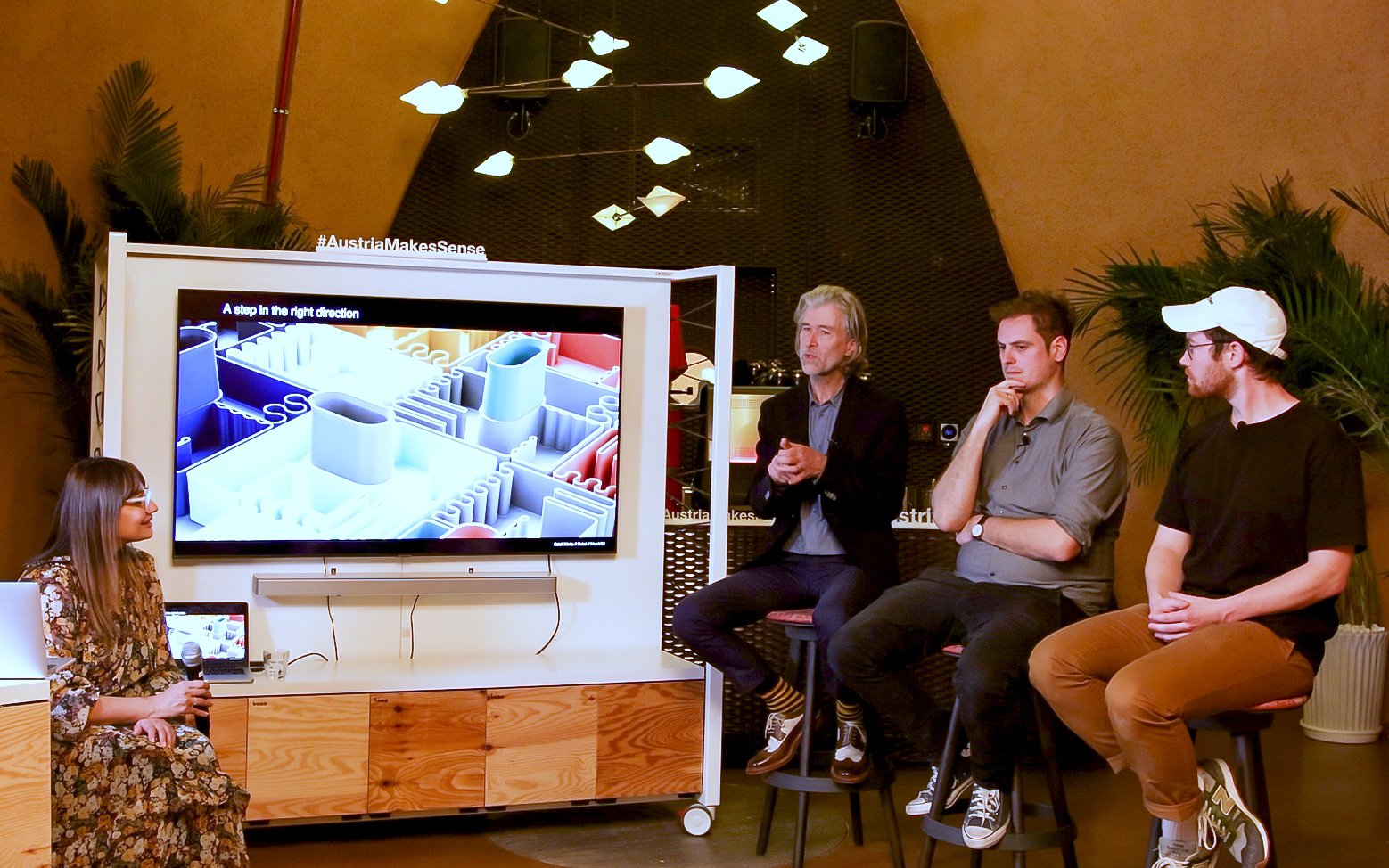
Article info
Article:
Date added:
20 April, 2022

